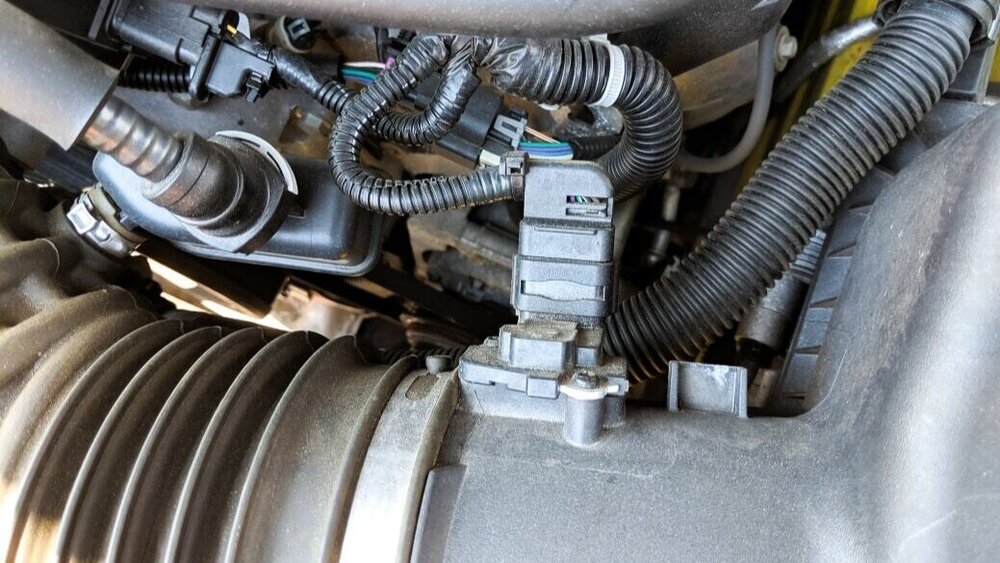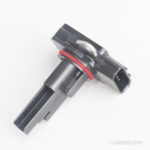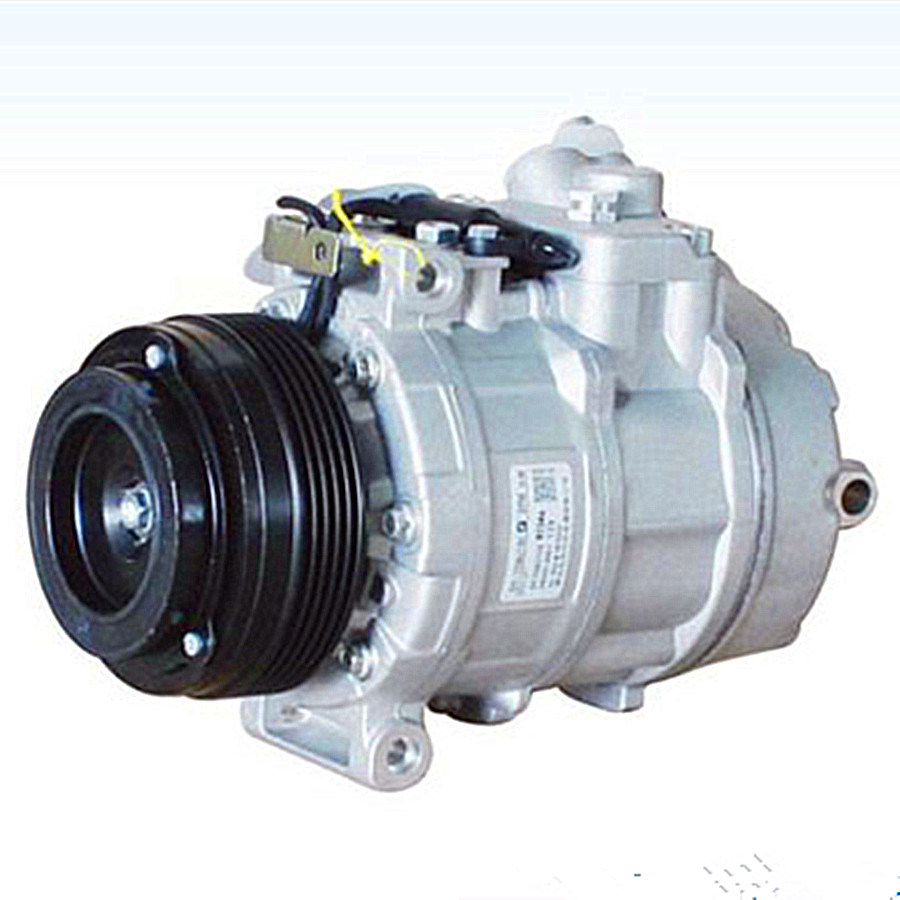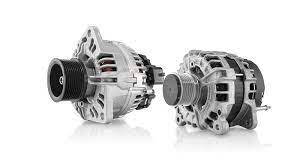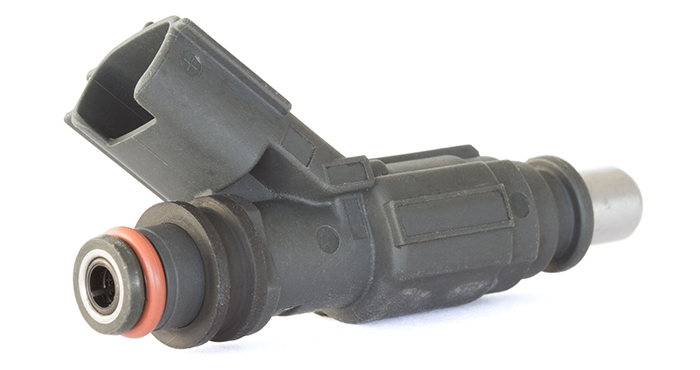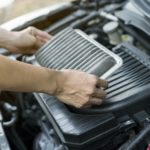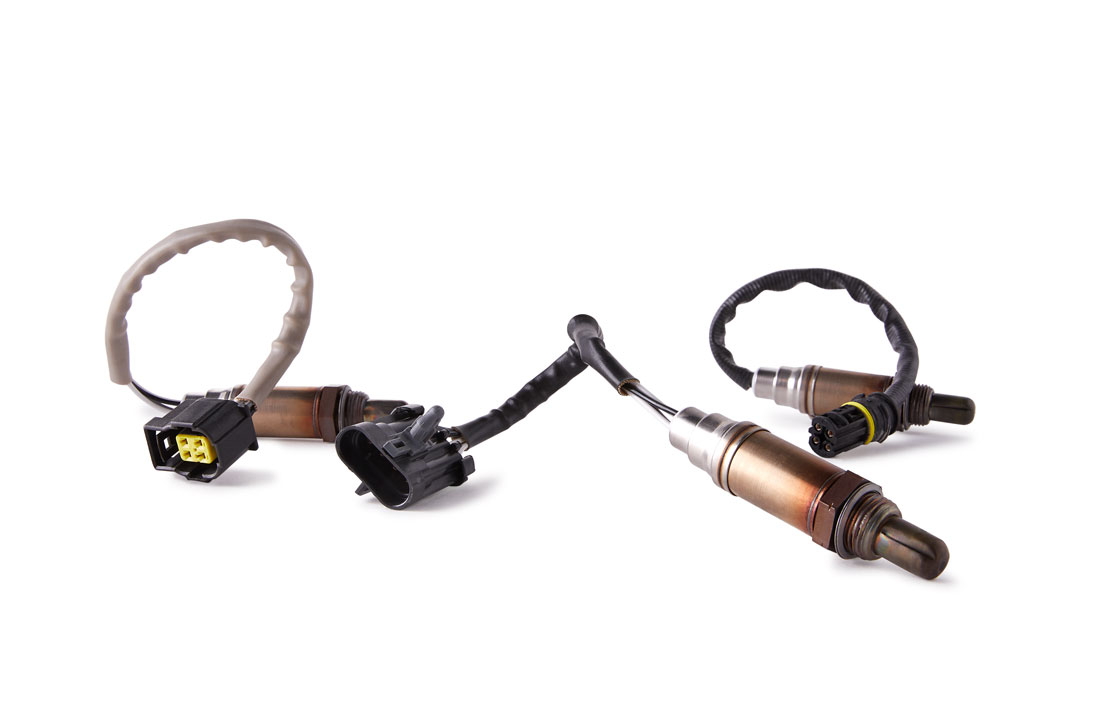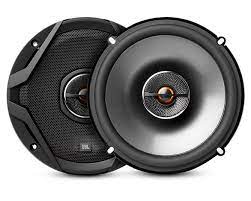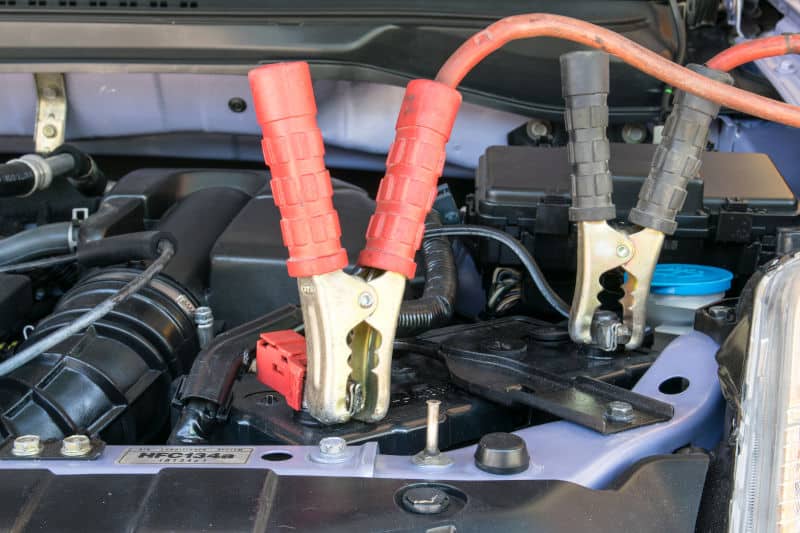In this guide we are going to consider some of the signs or symptoms of a bad intake air temperature sensor. We shall also talk about about intake air temperature sensor location and lot of things you need to know about intake air temperature sensor.
Intake Air Temperature Sensor
The Power Control Module (PCM) of the engine uses the Intake Air Temperature (IAT) Sensor to determine how fast the engine should spark and inject gasoline to achieve optimal performance. This is because the IAT sensor examines the air density and temperature in the car’s environment to determine the proper quantity of spark and fuel to inject. This makes it easier for the engine to start on a cold day and maintains consistent fuel economy on hot days.
Because of the requirement to maintain the proper combustion mixture and emission level, the sensor has become increasingly vital over time. IAT sensors come in a variety of shapes and sizes. Verify the location of your IAT sensor in your car’s service manual so you can fix it if necessary.
The IAT sensor is critical to the efficiency of your engine. It’s in charge of measuring the temperature of the air entering the engine and relaying the information to the car’s main computer. The computer then regulates the fuel-to-air ratio required by your engine for proper combustion and ignition under those conditions. For example, if the sensor detects that the air being drawn into the engine is warmer, the engine will require less fuel for proper combustion because the air is less dense. When the IAT sensor begins to fail, it is reasonable to expect major performance changes.
Symptoms Of a Bad Intake Air Temperature Sensor?
Reduced Acceleration
The engine control module may believe that the engine’s air is colder or warmer than it actually is due to a defective intake temperature sensor. The PCM may miscalculate the air and fuel mixture as a result of a false signal, resulting in a loss of acceleration. Colder temperatures necessitate more gasoline, which is calculated by the engine control module.
Check Engine Light
When there is a problem with the IAT sensor, the check engine light will frequently illuminate on your dashboard. The engine control unit closely monitors all of the sensors in a car engine, and if one fails, the check engine light will illuminate quickly. Check the issue codes with an OBD2 scanner or have your mechanic do it if you detect a check engine light on your dashboard.
The starting condition of your vehicle is really important. Your car requires a lot of fuel in the right amount. You may have trouble starting your automobile if your intake temperature sensor causes the engine control unit to inject the incorrect quantity of fuel.
Rough Idle
Idle is another situation in which the engine is vulnerable to the proper air-fuel mixture. This is also a circumstance when you may feel the somewhat faulty air-fuel mixture caused by a faulty air intake temperature sensor. It could be a defective IAT sensor if you notice some minor difficulties while driving.
Misfire
When the combustion inside the engine cylinder fails, misfires occur. A defective spark or an incorrect air-fuel mixture might cause this. Misfires might be felt as hitches or interruptions as you accelerate. If you can feel this when accelerating, your IAT sensor may be malfunctioning.
Poor Fuel Economy
Under normal circumstances, the engine computer continuously changes the fuel and air mixture for best fuel efficiency. The information from the IAT sensor is used by the engine management unit, and if a false signal is received, the fuel efficiency drops or rises dramatically. If you observe that your fuel usage is different than usual, it could be due to a faulty IAT sensor.
Intake Air Temperature Sensor Location
The Intake Air Temperature Sensor is situated between the air filter and the intake manifold on your intake pipes. It’s frequently used in conjunction with the MAF Sensor. It is frequently put on the intake manifold as well. Because of the various positions in various designs, the intake air temperature sensor does not have a standard location. The best way to find the IAT sensor in your car is to consult your manufacturer’s service manual.
What Is IAT Sensor Replacement Cost?
The cost of replacing an intake temperature sensor ranges from $40 to $250, depending on the car model and labor expenses. The cost of an intake temperature sensor ranges from $20 to $150, with labor costs ranging from $20 to $100. If your intake temperature sensor is built within the MAF sensor, the cost of the part might quickly rise. MAF sensors can cost as much as $400.
The replacement of a MAF sensor or an intake temperature sensor is usually extremely simple and can be done by anyone with very basic knowledge. The IAT sensor can be found under the manifold in a challenging place in some autos, however this is uncommon.
What Causes Air Temperature Sensor To Fail?
Intake air temperature sensor failure can be caused by a variety of factors, including ineffective vehicle repair and maintenance labor. It’s critical to pick an automotive shop that specializes in the type of vehicle you drive; they’ll be best equipped to ensure that your car receives the care and attention it requires, as well as that important IAT sensor services are not ignored.
The sensor can “become bad” over time owing to a buildup of oil and debris, or it may simply need to be replaced at some point. Inspecting the IAT sensor on a regular basis can help keep problems with it at bay.
Can you clean the AIT Sensor?
You can clean the sensor to get it to work again if it’s dirty. After removing the sensor from the intake manifolds, use an electronic cleaner to clean it.
Can a Sensor stop a car from starting?
Faulty sensors can prevent your engine from starting, however this is usually done as a precaution to protect the engine. The crank angle sensor, also known as the crankshaft position sensor, may be situated near the transmission belt housing and come into touch with water, rendering it useless.
How much does it take to replace the AIT sensor?
It will cost you between $80 and $270 to have it fixed. Labor is normally between $80-$120, however some autos can repair much more expensive. Parts can cost as little as $6 or as much as $100 in some circumstances.

